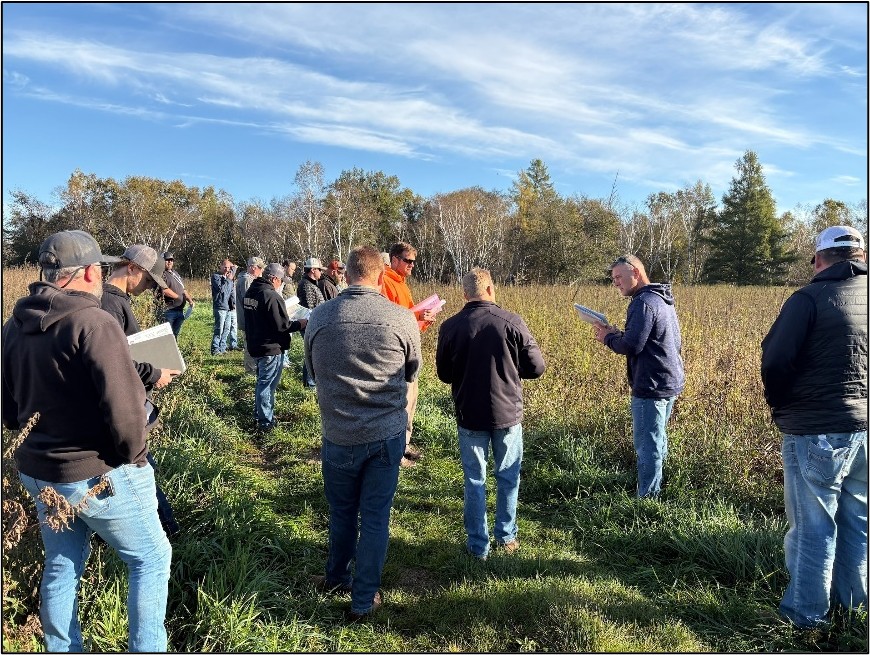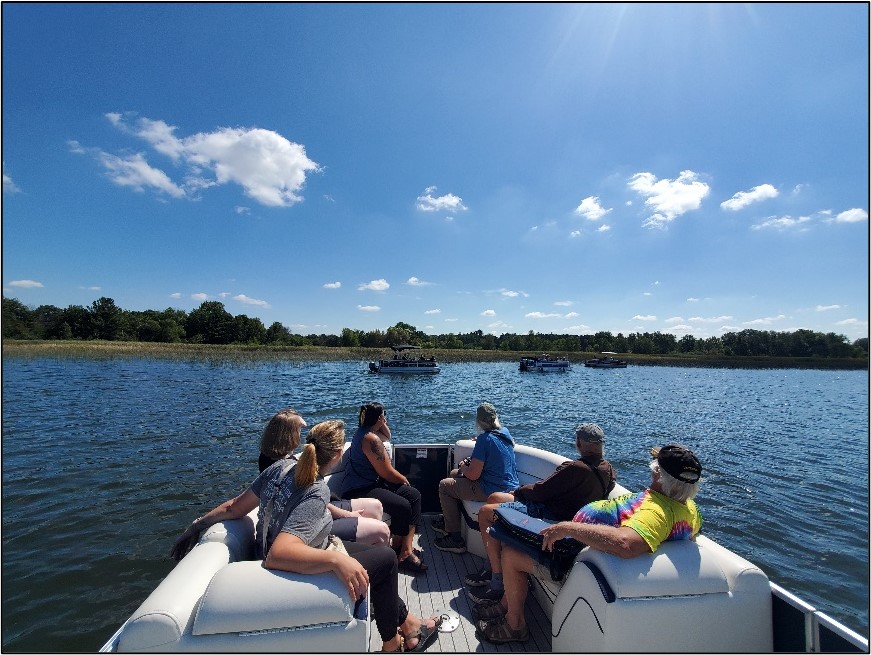Financial assistance is available for landowners who wish to reforest their land. The Minnesota DNR's Field to Forest Program provides up to 75% reimbursement for tree planting expenses. Plus, a $500/acre incentive! The program requires planting a minimum of 3+ acres and is not intended for residential landscaping or planting in established forests. Contact your local DNR Forester by December 1, 2025, to apply. For more information about this program and others, please visit this link.
If that grant program isn't a fit but you'd still like to plant trees, ACD's annual tree is open. Trees are ordered now and picked up in the spring. All are seedlings, available in bundles of 10 for $24-$30 or bundles of 25 for under $46-$58. Prairie seed is also available. Please order early for the best selection; we intend to sell out of everything. Order online at www.AnokaSWCD.org.
Anyone who has hired a contractor for a project knows you have a lot on the line. You need them to show up, bring the right tools, be knowledgeable, and navigate the inevitable unforeseen consequences. Tackling many construction projects every year, ACD uses a process that complies with the law, seeks out the best prices, and helps us find well-qualified contractors.
ACD often participates in an online competitive bidding process when planning larger construction projects. It's required by law for projects over $175,000. Somewhat recently, competitive bidding meant relying only on newspaper ads and receiving paper bids in sealed envelopes. Today, there are online tools that manage the process. Contractors can automatically receive notifications of nearby projects, download plan sets, and bid online. ACD can communicate with all interested contractors, including answering questions for the whole group. We can ensure everyone has the same information, keeping the playing field fair.
This type of competitive bidding can help bring out the lowest prices for publicly funded projects. On the whole, bids are usually not as close to each other as you'd think. As an example, a recent riverbank stabilization project received 12 bids ranging from $130,393 to $251,021. Government entities are usually directed to select the lowest responsible bidder. ACD takes extra steps to review the qualifications of the low bidder. We may set minimum qualifications and ask contractors to describe their experience, equipment, and expertise. Performance on past projects for ACD and/or its partners is also considered.
Coon Lake, Anoka County's largest lake, was chosen as a research site for invasive cattails by the Minnesota Aquatic Invasive Species Research Center (MAISRC), associated with the University of Minnesota. Residents and natural resource professionals (including ACD staff) were among the ~50 people in attendance in August when their research was shared. MAISRC wants to know whether small-scale mechanical cattail removal can enhance fish habitat, the overall impacts that invasive cattails have on the environment, and the potential benefits of specific management approaches. They have research sites at nine lakes across the state, where they are comparing areas with invasive cattails present to those with cattails removed. Generally, they've found that native, aquatic vegetation becomes established quickly where cattails are removed. They also found healthy responses from fish and improved dissolved oxygen concentrations.
Minnesota is home to both native and non-native cattails, with the latter arriving in the 1940s, if not earlier. However, a hybrid species of the two types of cattails has become the most common and is the most aggressive. The hybrid species creates dense stands, consuming large areas of lake and wetland edges. Eradication is not a possibility and is why management approaches are being researched. Dr. Amy Schrank and her colleagues showed their cattail clearing methods and fish sampling equipment. The cattail removal areas are ~15-foot wide strips. Dr. Schrank emphasized that cattail removal is not being explored just because they can be a nuisance to landowners, but as part of management to improve the health of the fishery and the overall health of the lake.
More information about the research is at www.maisrc.umn.edu/cattails. In Minnesota, a DNR permit is required to destroy or control emergent vegetation, like cattails, in public waters. For more information, see the MNDNR webpage or contact Jamie Shurbon, Watershed Projects Manager, at
A rain garden was recently completed to benefit water quality in Coon Lake. This is the third rain garden in that neighborhood, each treating stormwater from a different section of the street. Previously, all curbside runoff was piped to the lake. This project was a collaboration between the Sunrise River Watershed Management Organization, ACD, and the landowner. Funding was from a grant from the Clean Water, Land, and Legacy Amendment.
ACD is seeking a group, company, or individual to provide $1,000 per year in support for the St. Francis High School biomonitoring program. Our past sponsor has had to withdraw due to financial constraints. Each year, we take high school biology classes to the Rum River to catch and count macroinvertebrates (bugs, crustaceans, etc.) that live there. Because some of these critters require high-quality conditions, we can use them to calculate metrics of river health. It's hands-on education led by professionals, with implications beyond the classroom. This program has been going since 2001. 1,950 students (average 81/yr) have donned waders, grabbed a net, and learned about the Rum River.
Financial assistance is used to help cover the costs of waders, nets, and other necessary equipment. It also ensures that our natural resource professionals can provide instruction and help students discover what their data means. Any group willing to provide financial assistance can please contact







